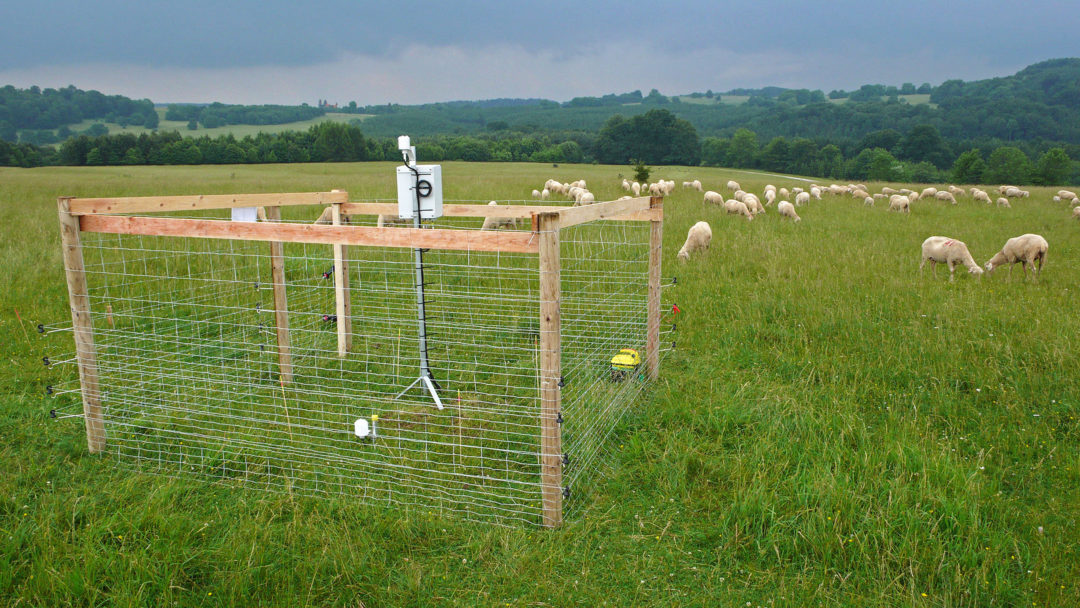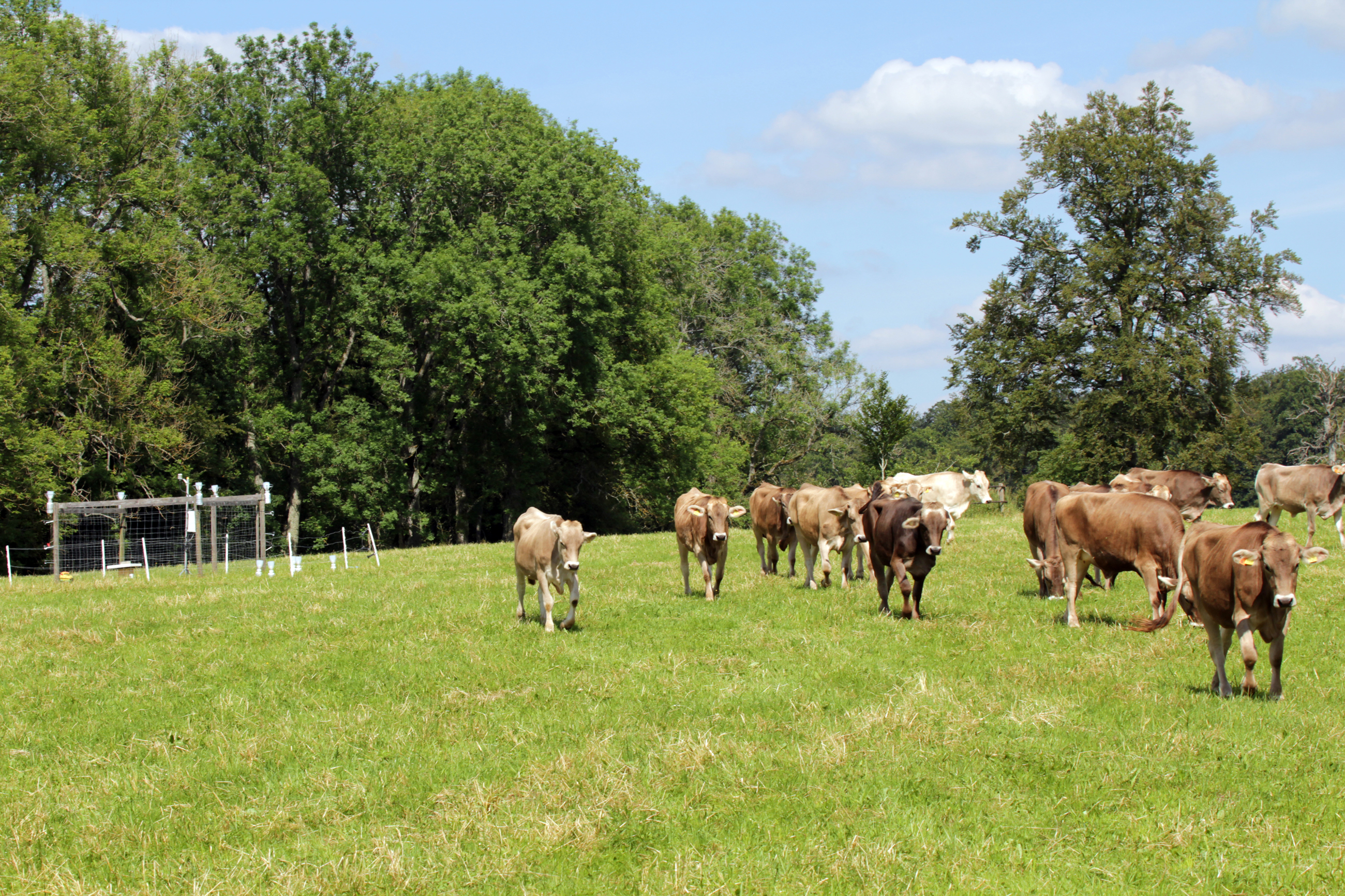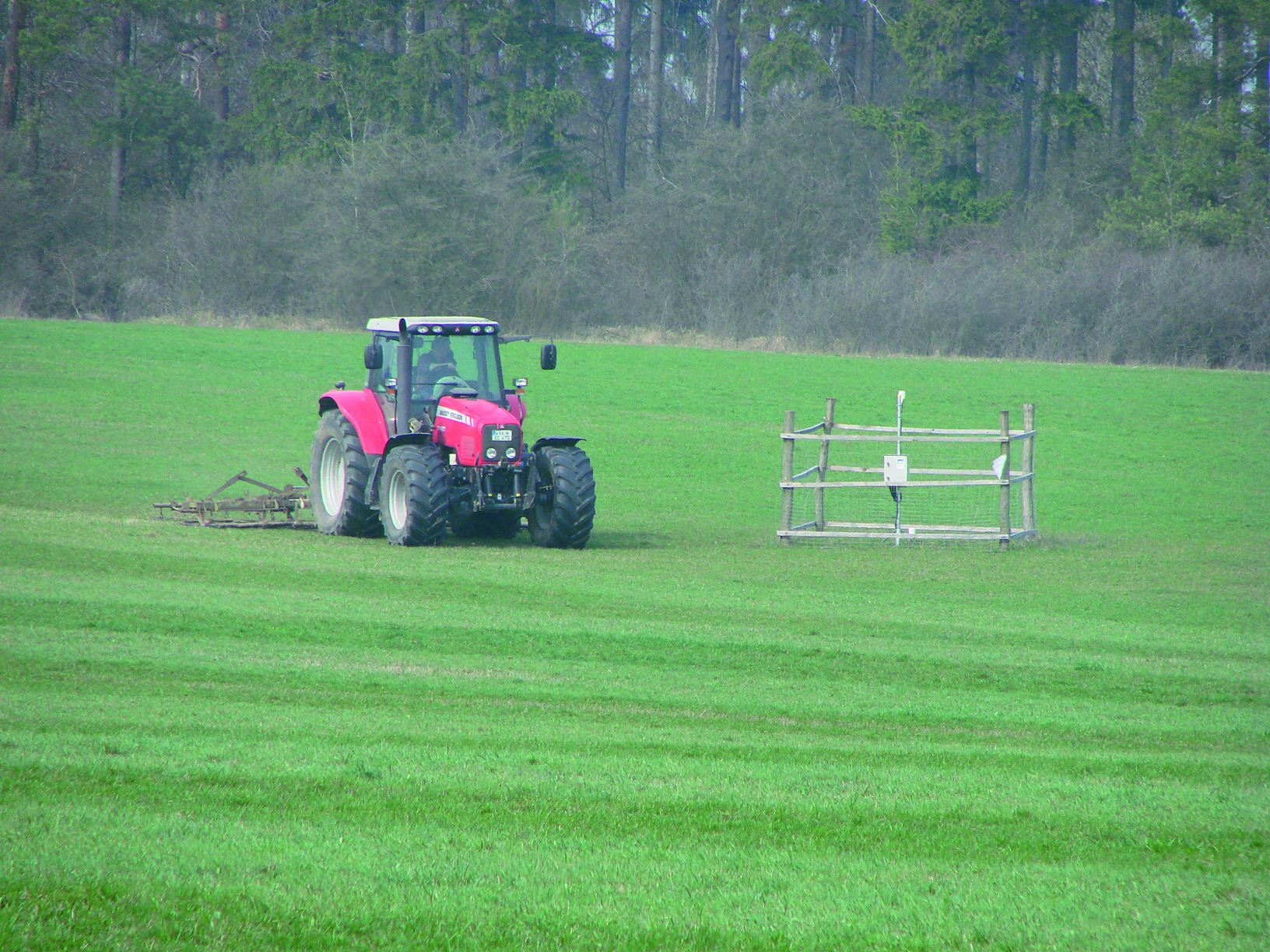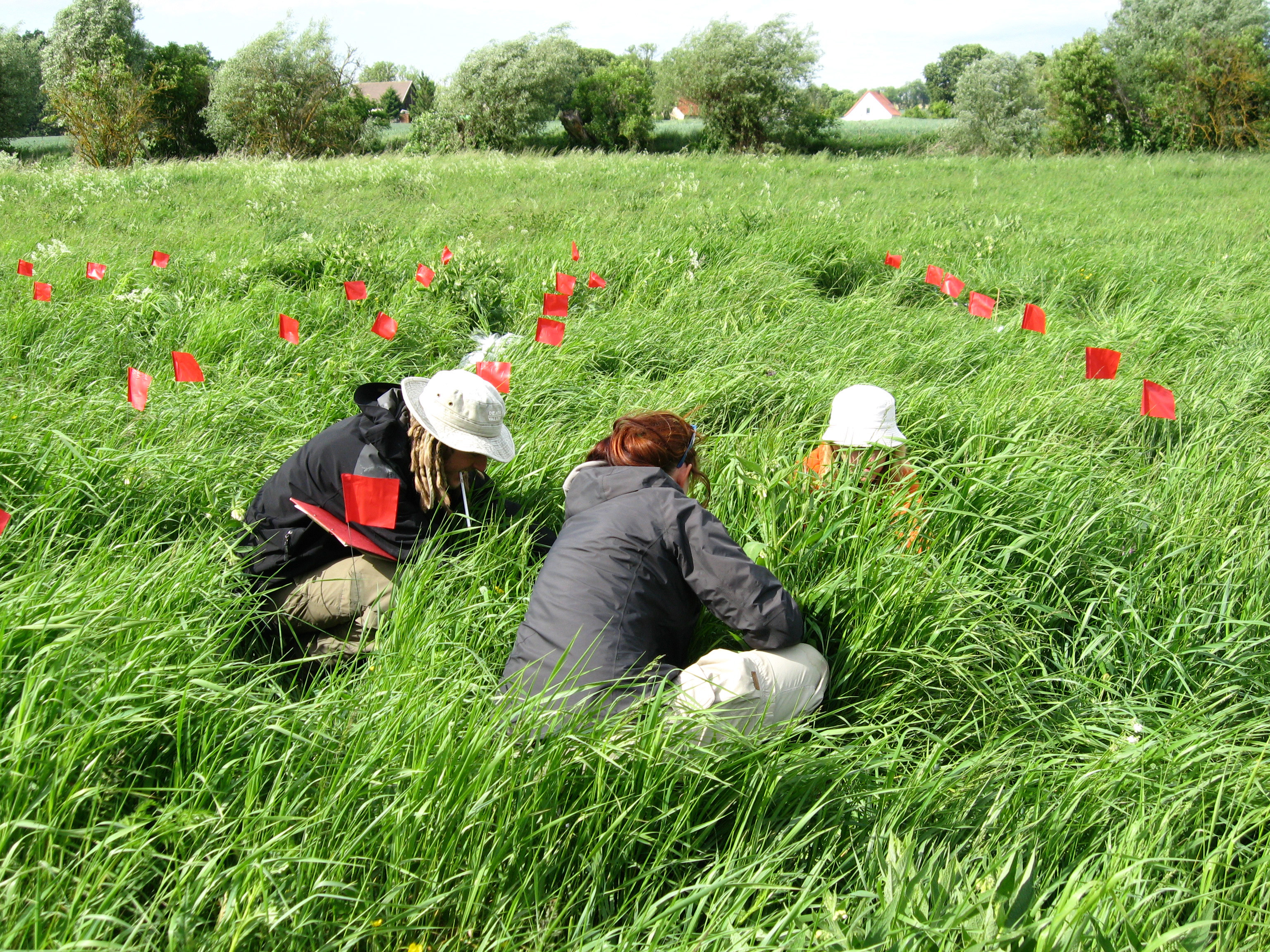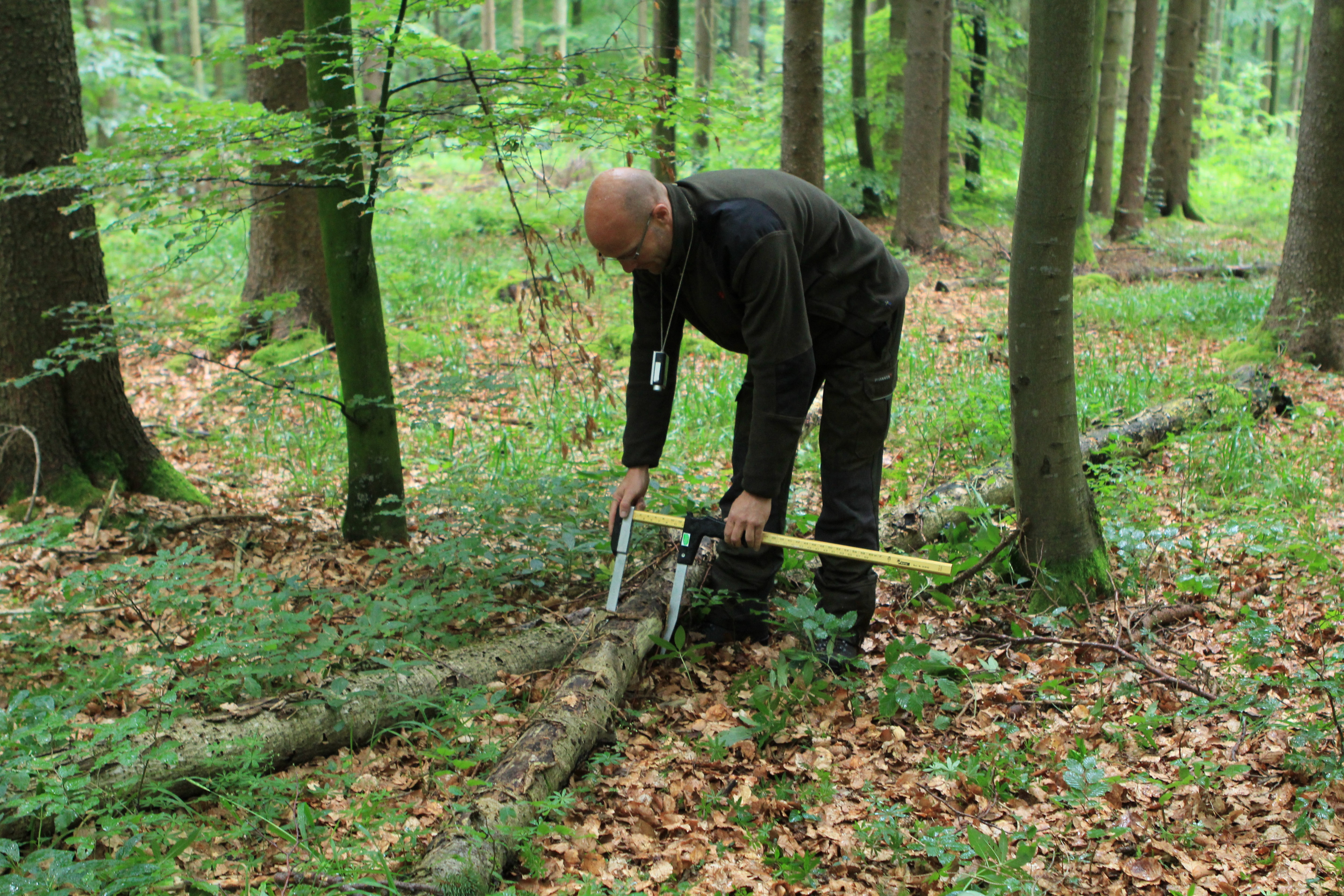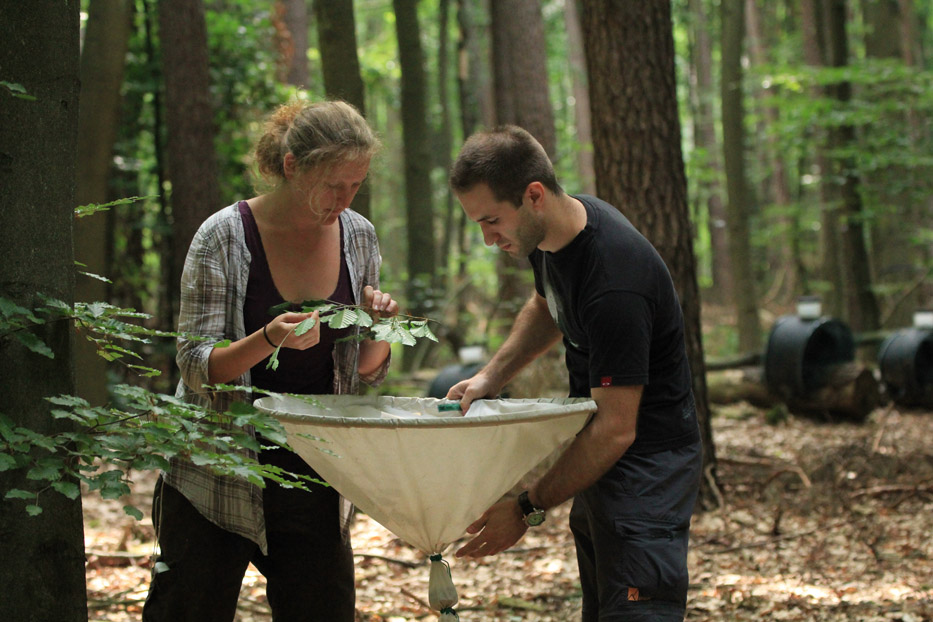Major projects
Biodiversity Exploratories
Biodiversity comprises the variety of different ecosystems, their species, and their genetic diversity. Land use and management regimes strongly influence biodiversity in today’s landscape and changes in biodiversity may affect many ecological processes. The research program Biodiversity Exploratories investigates both the causes of biodiversity change and its consequences for many ecosystem processes, including important ecosystem services.
Central questions
- How does land use intensity affect the genetic diversity, species richness and diversity of interactions of different organisms?
- Which interdependencies exist between different organisms, for example does the diversity of soil organisms account for those of plants?
- What is the role of biodiversity for ecosystem processes (e.g. carbon cycling and pollination), which provide important ecosystem services for humans?
You can find additional information on the project website https://www.biodiversity-exploratories.de
